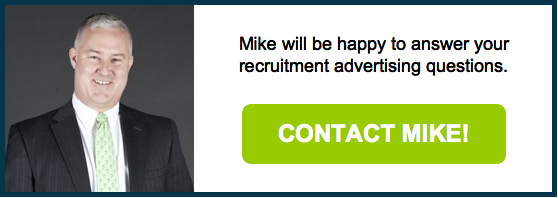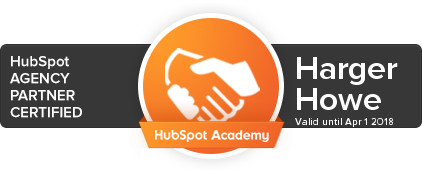If an incoming applicant rated your candidate experience today what sort of grade do you think you would you receive? Is it an advantage or an obstacle? Before we get into that though, let’s review how employers typically see the candidate experience and notice how disconnected it is from applicant opinions.
According to CareerBuilder’s 2014 E-Book How Candidate Experience Is Transforming HR Technology the following percentages of Human Resource (HR) professionals believe the definition includes the following:
- 58% - A simple application process
- 48% - It’s everything from the time they find our opportunity to the time they interview with a hiring manager
- 48% - The right talent can find us
- 40% - Candidates are engaged
Conversely, candidates feel the definition goes more like this…
- 61% - Employers respond quickly throughout the process
- 61% - I’m notified if I am not the correct fit
- 56% - I’m updated on where I am in the process
- 54% - The application submission process is quick
- 48% - Employers respond with phone calls
Notice that only one idea seems to tie the HR opinions and the feelings of the candidates together and that element is speed. Overall, it seems like candidates feel most valued when they are reached out to or at least informed throughout the hiring process (even if they are not the correct candidate). Applicants don’t want to feel as if they are wasting their time dropping their application into the abyss. This sort of feeling can be avoided by adding in a candidate lead nurturing strategy (a key element to inbound marketing). This strategy can include some automation, but there are ways to make the auto-replies feel more human and that sort of personalization should be a priority.
Educate Job Seekers
CareerBuilder also states that 53% of candidates didn’t know about the company they applied to until they researched it during the job search. That’s a high number! Ideally, if a company budgets for a comprehensive inbound marketing strategy, candidates who are ideal fits will find them based on long-tail keywords in blogging, SEO optimization, social media and more.
The best situation for an employer is to have a candidate pipeline that already knows what the company is about prior to seeking a job. That way, when a job opens up, an informed candidate can apply sooner, drastically shortening the time-to-fill factor. That sort of sourcing method is considered valuable to job seekers because they are receiving some helpful information as opposed to a sales pitch.
Keep It Short!
Did you know that utilizing a shorter application form could increase your overall candidate experience? According to the report, 83% of candidates felt that applications should not include more than 15 questions and most prefer they take less than 20 minutes to complete. The best way to capture applications is by implementing a recruitment microsite with short application forms in conjunction with an inbound marketing plan.
But We LOVE Our ATS!
Companies are invested in their Applicant Tracking Systems (ATS). Recruiters are crunched for time and the systems can be used to weed out unqualified candidates, but conversely they can also remove very qualified candidates. High-level candidates who might be more passive don’t want to be bothered with a long process. That risk is not something that should be taken lightly! Short form applications are another vital element to an effective inbound recruitment marketing strategy. Don’t worry though, companies don’t have to remove their ATS entirely, they just need to start using it for qualified candidates that they screen more personally as an end-game step.
Do you want to implement a recruitment strategy based on fostering a helpful relationship with potential hires? Consider inbound marketing. If you want to learn more, feel free to reach out.











